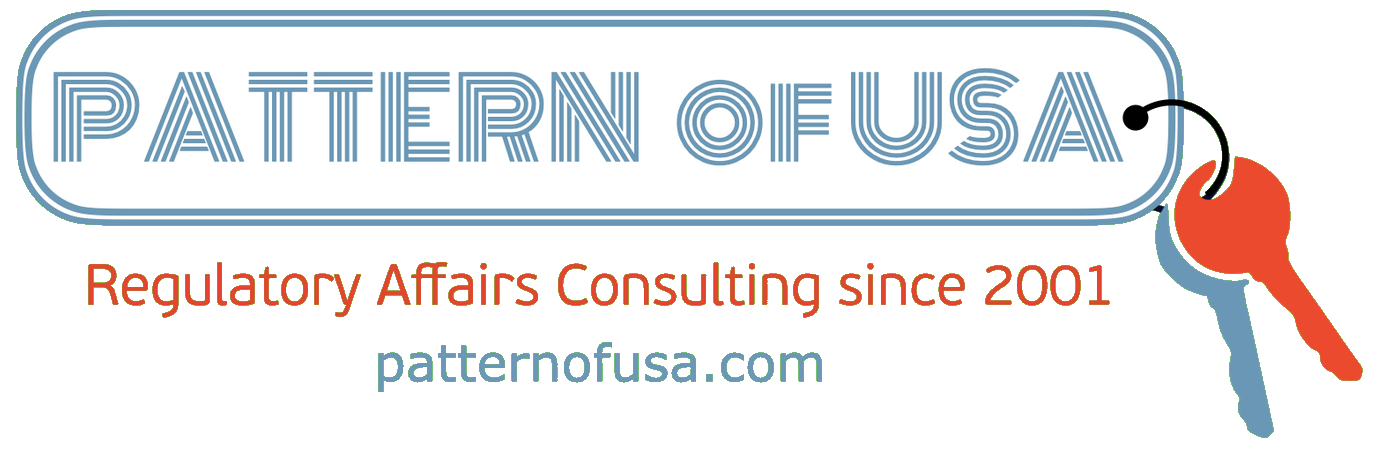Marinus Pharmaceuticals Reduces Workforce by 45%


Following the disappointing Phase III trial results regarding ganaxolone for the treatment of seizures linked with tuberous sclerosis complex, Marinus Pharmaceuticals has announced a significant reduction of its workforce, cutting approximately 45% of its employees, according to a revelation on November 12.
This marks the second instance of workforce reduction in 2023 for the pharmaceutical company based in Radnor, Pennsylvania. Earlier in May, Marinus disclosed plans to reduce its staff by around 20%. In October, they indicated an intention to decrease their workforce further, but did not specify the number of impacted positions. The recent layoffs appear to complete the planned reductions.
As of December 31, Marinus employed 165 full-time workers, as noted in a March SEC filing. Given the reductions made in May and November, the workforce could now be around 73 employees.
The November layoffs come as a part of a strategy to manage costs following the disappointing Phase III results in October. At that time, Marinus announced that the TrustTSC clinical trial assessing oral ganaxolone failed to meet its primary endpoint, which was based on the percentage change in seizure frequency over 28 days in patients with tuberous sclerosis complex.
The company stated it would cease further clinical development of this treatment and expects to examine strategic alternatives aimed at “maximizing value for stockholders.” In its November update, Marinus revealed plans for a Type C meeting with the FDA later this quarter to consider potential pathways for intravenous ganaxolone in the context of refractory status epilepticus.
In June, Marinus reported findings for ganaxolone targeting this condition. While the trial did meet its initial primary endpoint demonstrating rapid cessation of status epilepticus in a particularly challenging patient cohort, it did not achieve statistical significance on the secondary primary endpoint regarding the proportion of patients avoiding escalation to intravenous anesthesia.
In addition, Marinus reported its financials, showing a net loss of .2 million for the third quarter and .7 million for the nine months concluding on September 30. As of that date, the company had cash and cash equivalents totaling .2 million and anticipates it can support its operational expenses along with capital needs until the second quarter of 2025.
